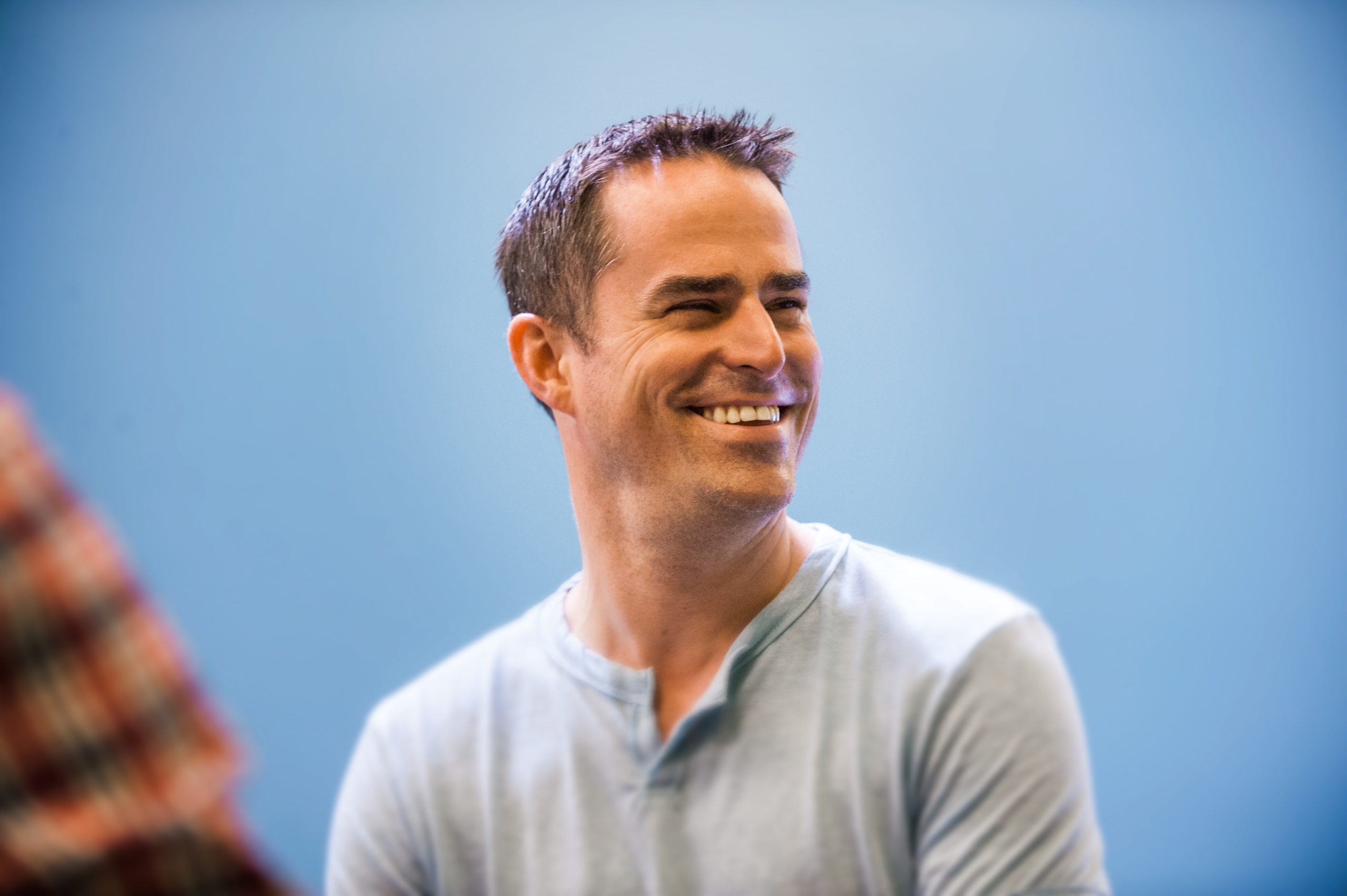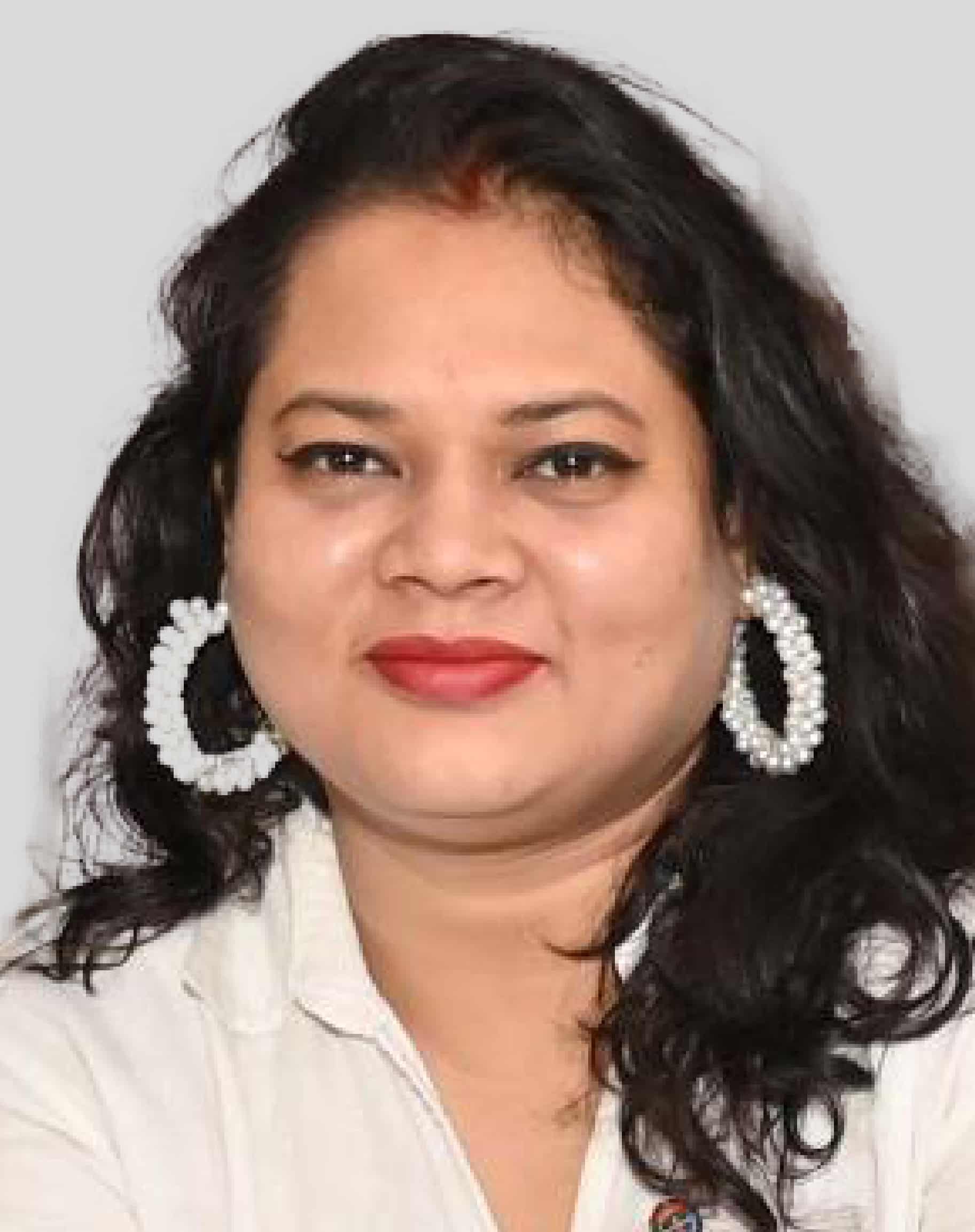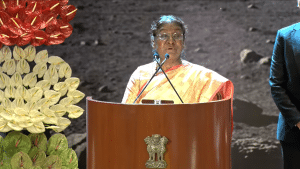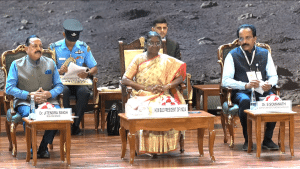Skywatch, an Ontario-based space data technology company and the Canadian Space Agency (CSA) have recently partnered on a project under the Innovative Solutions Canada program for Artificial Intelligence and Big Data Analytics for Advanced Autonomous Space Systems challenge.
The program goals under the challenge include enhancing automated data processing and analysis in space operations environments; merging large, diffuse datasets from global data archives, improving spacecraft tasking, hazard identification, and more.
It also focusses on advancing utilization of space assets for government operations, public safety, and health, along with using AI-enabled methods to predict natural or man-made disasters.
In an exclusive interview with Geospatial World, Joel Cumming, Chief Technology Officer, SkyWatch, shares his views on the untapped potential of Earth Observation data to solve some of the biggest challenges facing humanity.
“The ability to leverage space assets in an efficient way is crucial to the adoption of Earth Observation (EO) data across various levels of the government as well as the private sector. We aim to improve distribution and extend EO data to a larger audience in Canada and around the world”.
Excerpts:
Tell us more about your collaboration with the Canadian Space Agency?
We are committed to harnessing these capabilities of satellite imagery to create solutions that help businesses, governments, and organizations make informed decisions and take proactive steps to protect and sustain our planet’s environment.”
EO data captured from CSA missions is used across government agencies, and the desired challenge outcomes include “(the minimization of) redundancy between disparate missions imaging the same targets” and “(enabling) autonomous prediction of natural or man-made disasters, which could allow EO platforms to transition from reactionary imaging in response to crises to new services in predicting and preventing disasters, (including fires, floods, disease outbreak, space weather events, etc.).”
SkyWatch also worked closely with the CSA for the phase 1 to develop a proof of concept system to demonstrate the technical feasibility and commercial potential of applying AI and big data analytics across the planning, capture, and delivery of multiple EO missions.
Please elaborate on the challenges that you address and your future missions?
SkyWatch is tackling this challenges in three different areas.
The first is Mission planning where they will develop an integration with commercial synthetic aperture radar (SAR) and optical satellite operators, and develop capabilities required for integration of CSA’s RADARSAT Constellation Mission (RCM).
The second area is focused around autonomous data management which ensures multi-mission archive and tasking access for individuals within the government or large organization. SkyWatch is leveraging machine learning and demand prediction to autonomously balance supply and demand across multiple missions. RSSSA and NOAA compliance and incorporation of industry frameworks and standards will also be included.
The third area focuses on how government and large organizations consume and share the data, developing features such as pay once / use across the organization, billing controls and central invoicing, and administrative controls.
How can satellite imagery transform our understanding of Earth’s environment?
The ability to leverage space assets in an efficient way is crucial to the adoption of Earth observation data across various levels of the government as well as the private sector. Improving fulfilment of requested collections by aggregating multiple sources improves the viability of EO data for mission critical monitoring activities, and will drive adoption across a number of departments and verticals.
Climate Change Analysis: Satellite imagery offers an unparalleled view of Earth’s climate over time. It allows us to observe patterns such as melting ice caps, deforestation, and desertification from a global perspective. These images help scientists to understand climate change impacts and model future scenarios.
Biodiversity Monitoring: Satellites can provide large-scale, continuous data about ecosystems and wildlife habitats. This information is invaluable for monitoring biodiversity changes and can guide efforts in conservation and sustainable management.
Disaster Management and Response: Satellite images provide real-time information about natural disasters such as floods, hurricanes, wildfires, or landslides. This information helps in damage assessment, planning rescue efforts, and understanding the frequency and patterns of such events for future disaster management.
Monitoring Air and Water Quality: Satellites equipped with specific sensors can monitor air pollution and water quality over vast areas. They provide data about harmful pollutants or algae blooms in bodies of water, helping to address public health and environmental concerns.
Urban Development and Planning: Satellite imagery enables monitoring of urban expansion and changes in land use over time. This information can inform urban planning, infrastructure development, and environmental impact assessments.
Agricultural Productivity: Satellites help monitor crop health, soil conditions, and irrigation needs over large farming regions. This information aids in improving agricultural productivity and planning for food security.
Mapping and Navigation: Satellite imagery forms the basis for global mapping and navigation systems, providing accurate, up-to-date geographical information that is critical for various industries, including transportation, logistics, and tourism.
Environmental Crime Detection: Satellite imagery can help detect and monitor environmental crimes such as illegal deforestation, wildlife poaching, or dumping of toxic waste.









